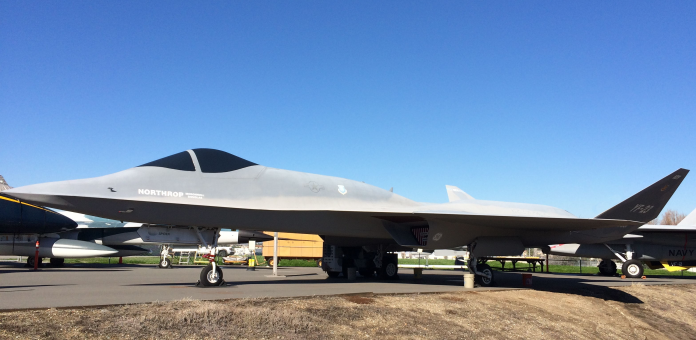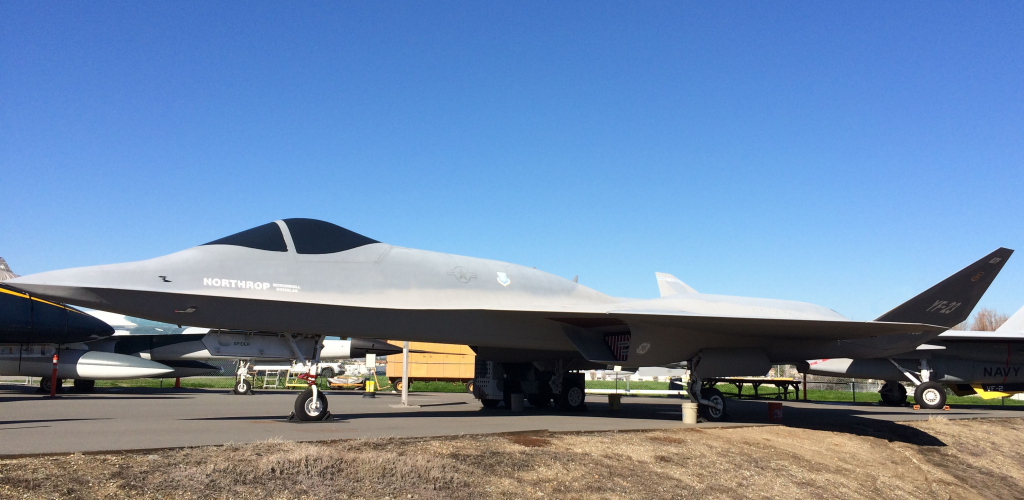
Learn about the story of the YF-23, a stealth fighter that showed revolutionary design and cutting-edge technology yet was never mass-produced.
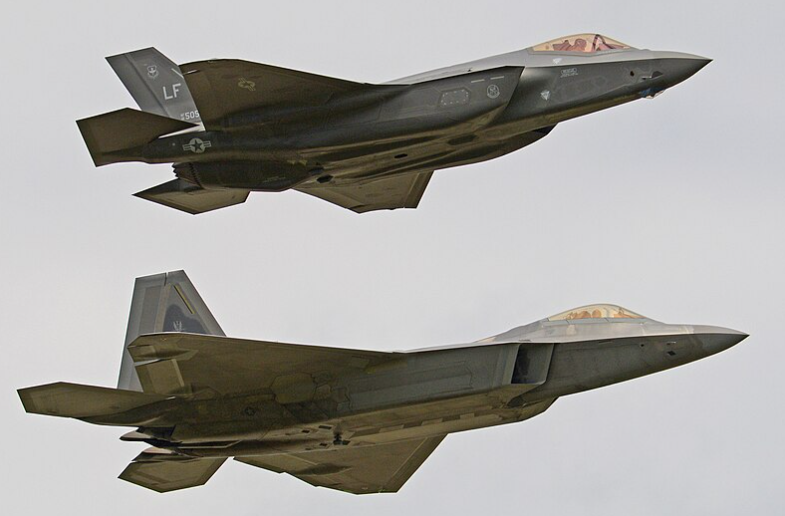
Few aviation stories are as interesting as that of the Northrop YF-23. Designed to be a fifth-generation stealth fighter for the U.S. Air Force, this plane was innovation and determination but lived only in prototype form and not in production form.
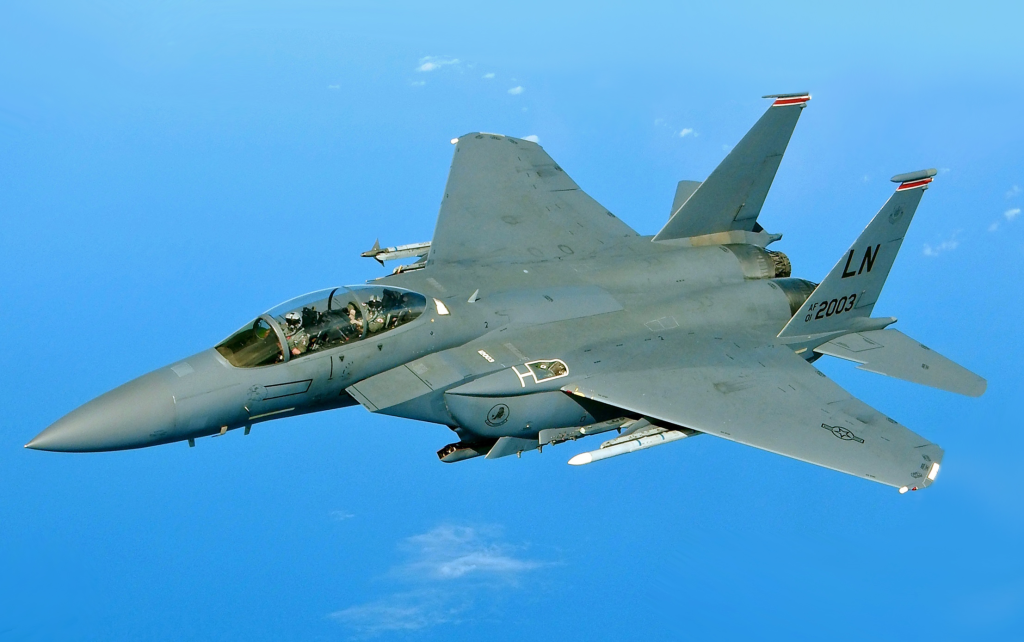
1. The Birth of a Stealth Contender
In the late 1970s, with the increased fear of Soviet fighter planes and surface-to-air missile sites closing in on the West, the U.S. Air Force set about replacing the F-15 Eagle with a new generation of air superiority fighter.
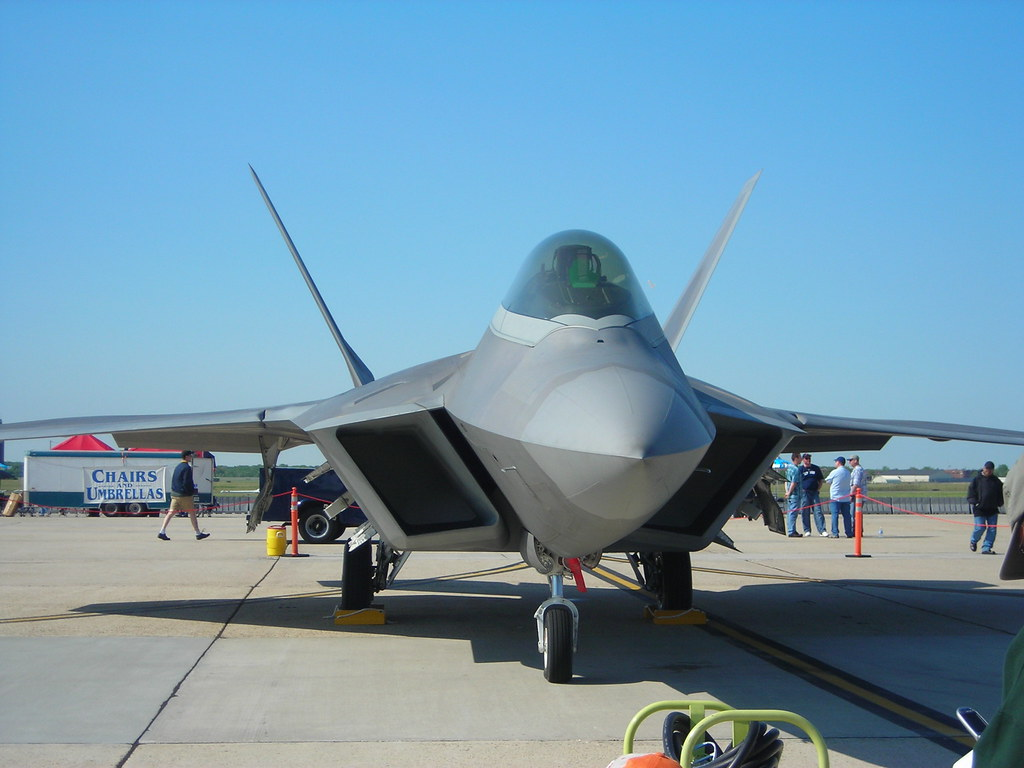
In 1986, two heavy hitters entered the competition: Lockheed, Boeing, and General Dynamics with the YF-22, and Northrop Grumman and McDonnell Douglas with the YF-23.
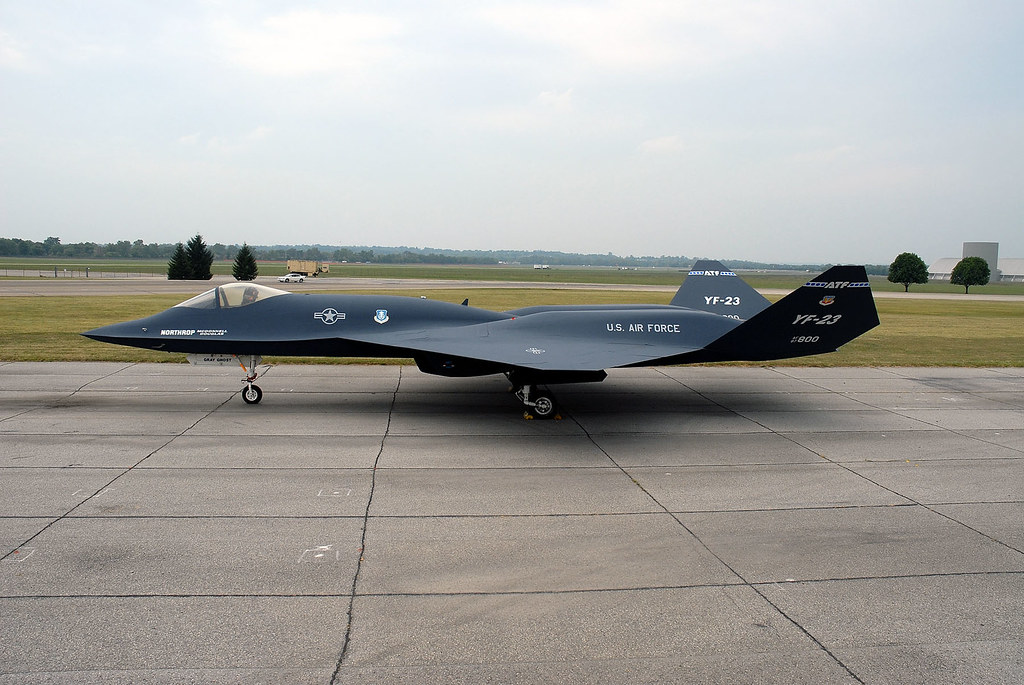
2. Design and Innovation
The YF-23, whose prototypes were designated the “Black Widow II” and “Grey Ghost,” possessed diamond-shaped wings, leading-edge technology stealth coatings, and powerful Pratt & Whitney and General Electric engines. Its design emphasized low observability, so the enemy radar had a harder time locating it.
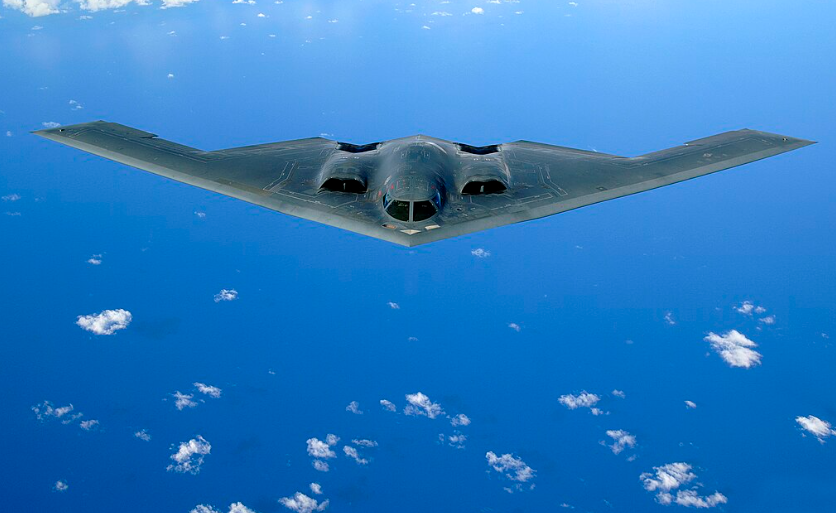
3. The Stealth Advantage and Its Trade-offs
Northrop Grumman’s design was very skewed towards light weight and stealth. But this was done at a compromise: the YF-23 lacked thrust vectoring, which its competitor had, making the YF-22 a more agile aircraft in close dogfighting situations.
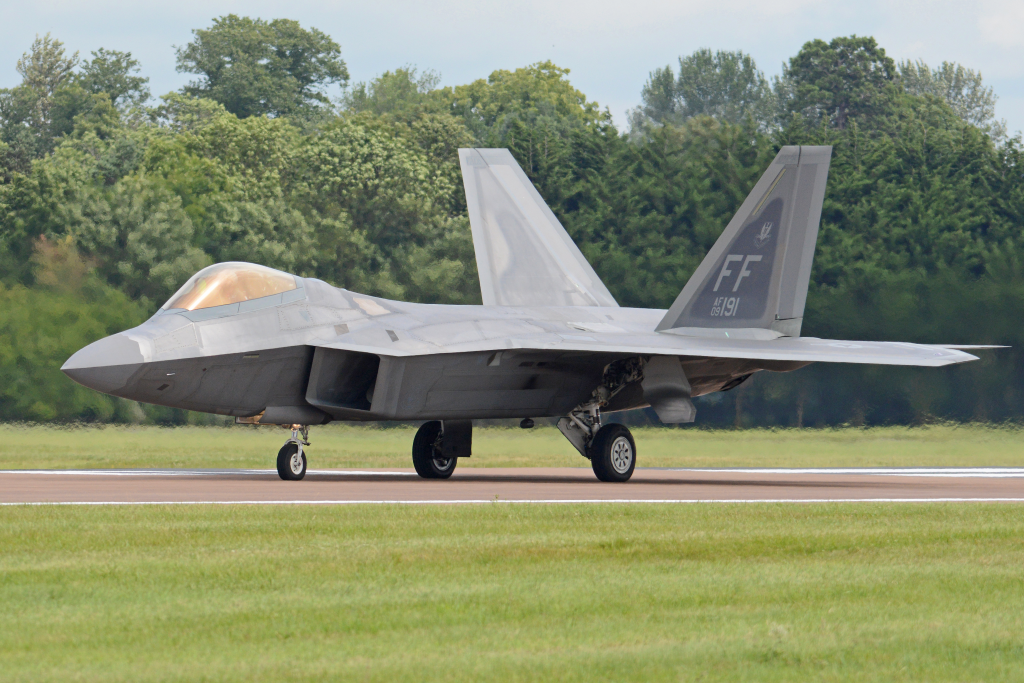
4. The Final Decision
Despite having an impressive stealth reputation, the YF-23 was not selected to be mass-produced. The YF-22 was selected by the Air Force instead, which went on to become the F-22 Raptor, currently one of the most sophisticated fighter aircraft in service.
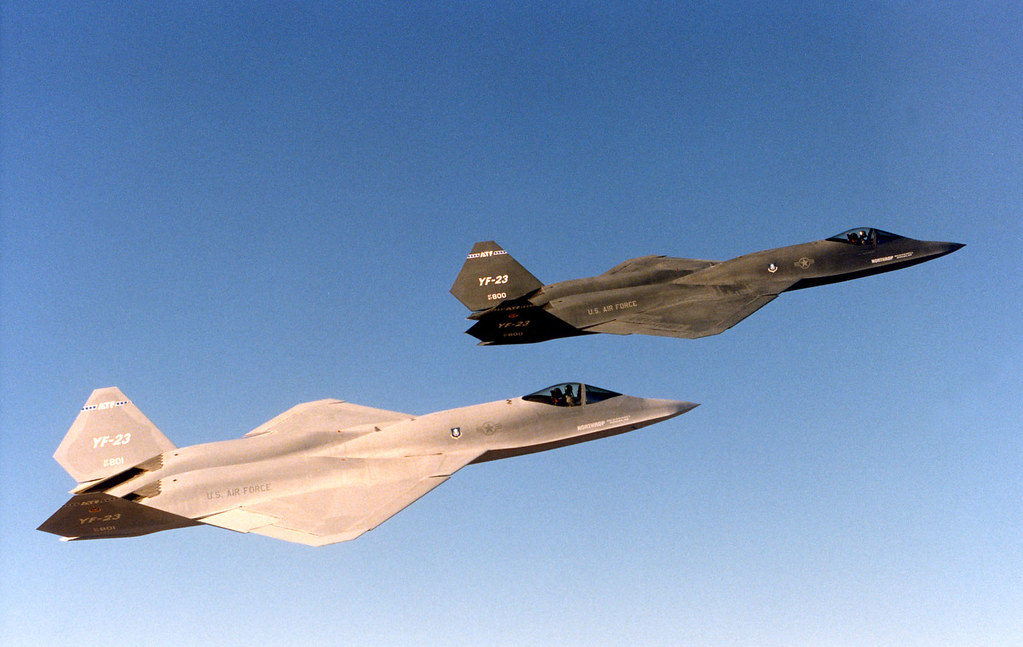
5. Legacy and Preservation
Both YF-23 prototypes were placed in storage until 1996 when they were transferred to museums.
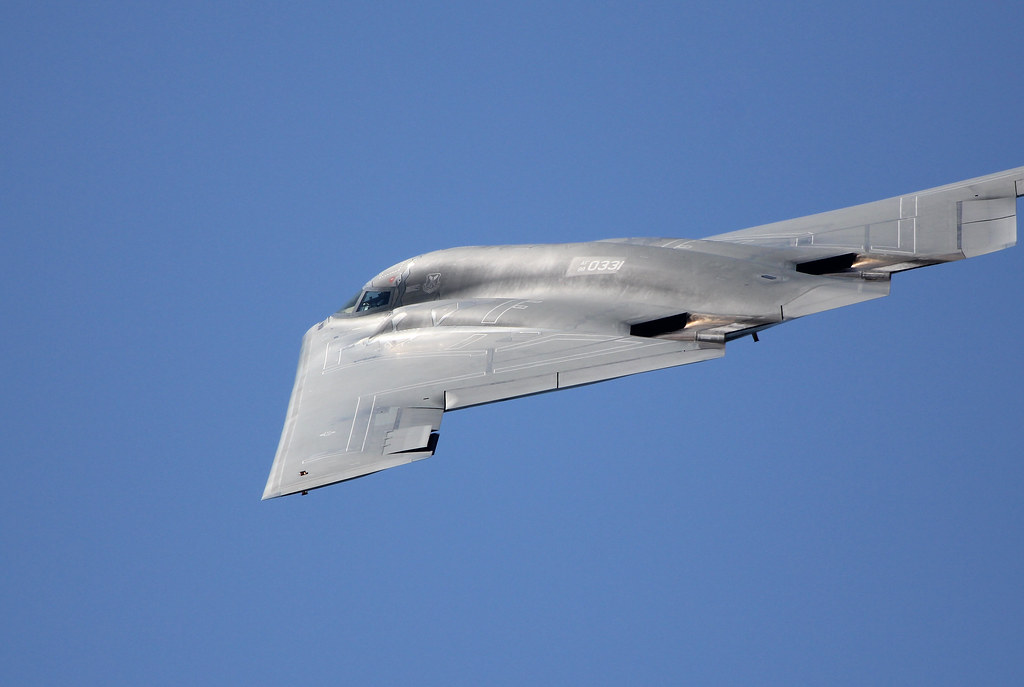
The PAV-1 resides at the National Museum of the United States Air Force, and the PAV-2 rests at the Western Museum of Flight, having been returned there in 2010 following a temporary deployment by Northrop Grumman.
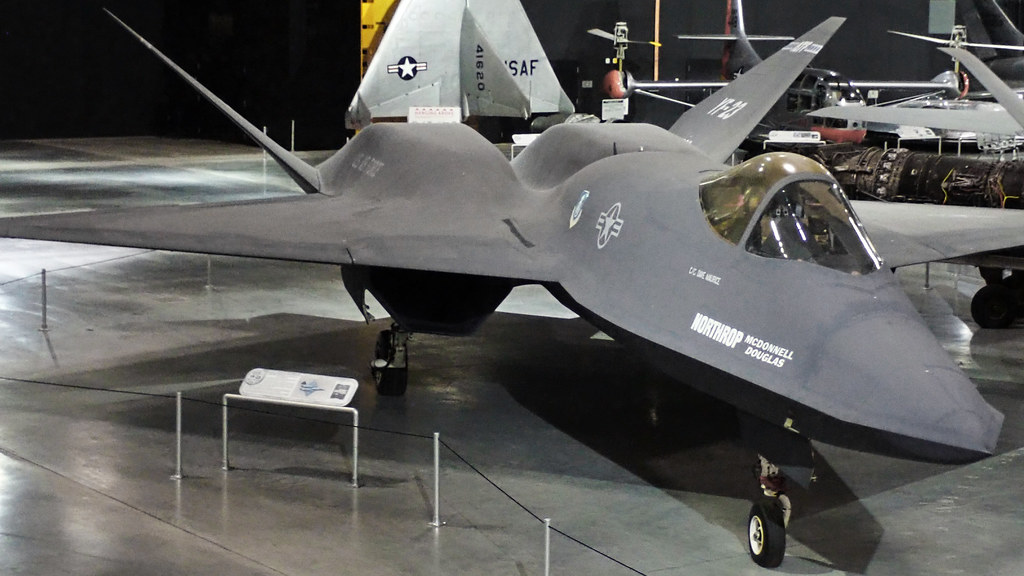
The YF-23 is a reminder of what could have been a stealth marvel that pushed the boundaries of aircraft design that never entered the combat air. Its history serves as a reminder that even the newest advancements can be shelved due to strategic considerations, fiscal realities, or shifting military requirements. It is today an intriguing relic of a milestone moment in aviation history.
